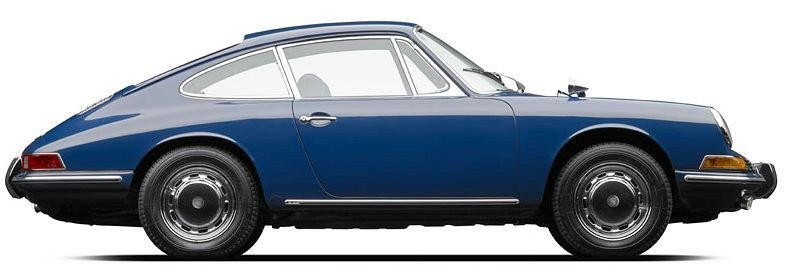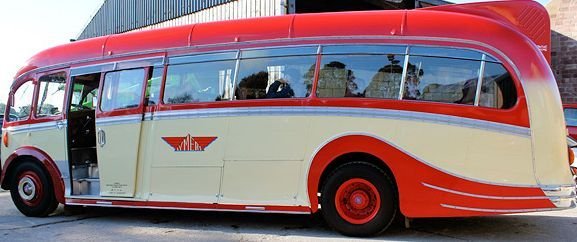Car Overhang Explained

Overhangs are the lengths of a car, at the front and rear, which extend beyond the wheelbase. They are normally described as front overhang and rear overhang. Practicality, style, and performance are affected by the size and weight of overhangs.
Advantages
Large overhangs contribute to large vehicle dimensions, and the associated advantages of size. On front-engined saloon/sedans, measuring rear overhang is helpful in predicting the size of the trunk. For these same vehicles, large front overhangs can accommodate larger engines. The Porsche 911, produced since 1964, has always contained its entire flat-6 engine within its rear overhang, with the center of mass of the engine outside of the wheelbase. Large overhangs also contribute to safety due to increased bulk, as well as space for crumple zones that provide defense for passengers in frontal and rear collisions. In the case of the 911, the rear-mounted engine allows for increased practicality in the form of a small rear row of seats that would be impossible with a mid-engined sports car.
Disadvantages
Excessive weight that is concentrated outside of the wheelbase can interfere with accurate negotiation of corners at high speed. The rear-engined Porsche 911, with its engine far in the rear, was notorious for dangerous oversteer in its early days, and cars with engines far in the front often suffered from the opposite problem of understeer, for which many old American cars with heavy V8 engines were infamous. Front-engined Ferraris, such as the Ferrari 612 Scaglietti place their engines within the wheelbase, so as to avoid the problem of understeer. Reducing overhanging weight in sports cars is usually a priority, with the notable exception of the 911. In contrast, the excellent handling of the Mini, with its wheels pushed far out at each corner, can be partly credited to its small overhang.
Rear overhang may present a problem in large vehicles such as buses. Long rear overhang would require the driver to pay attention to nearby vehicles when turning at 90 degrees. Since the rear overhang is outside the wheelbase, it may hit a vehicle in the adjacent lane, especially when turning 90 degrees right (in a right-hand drive country).

